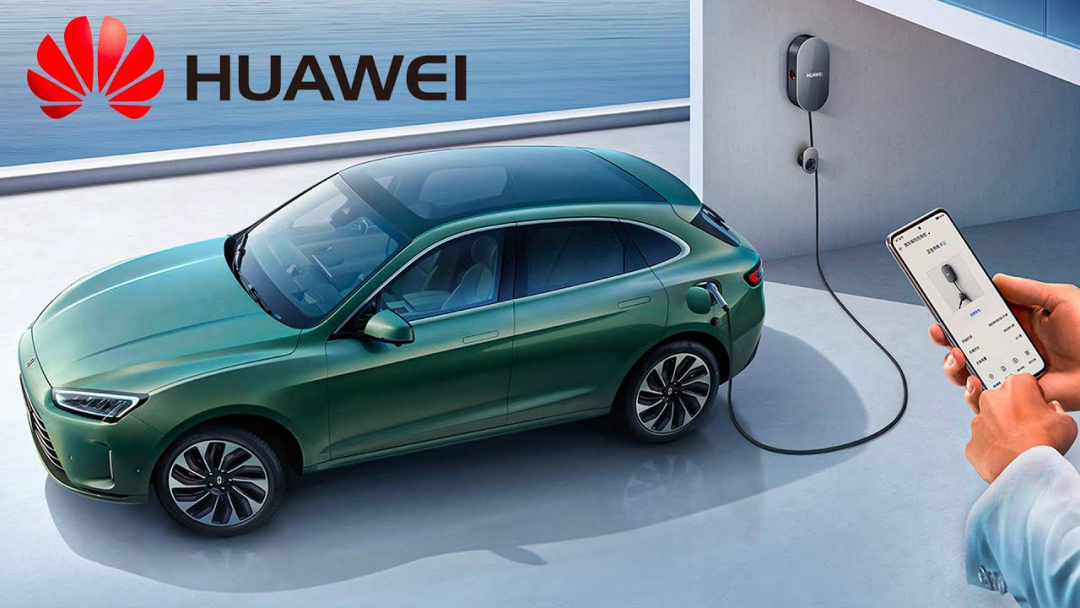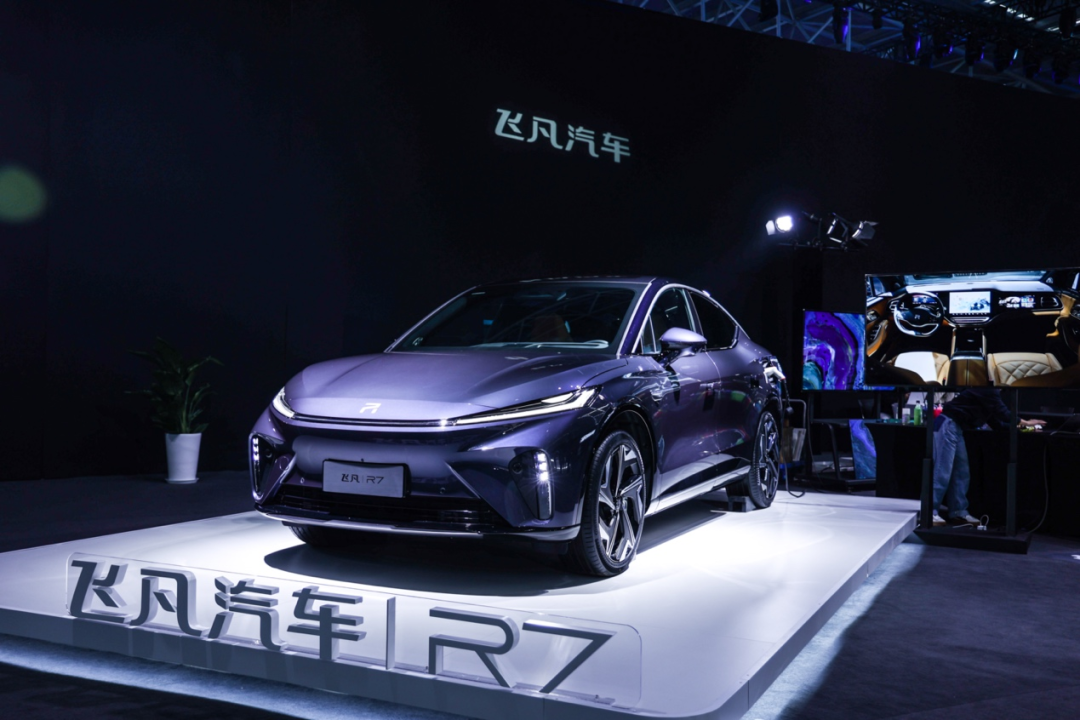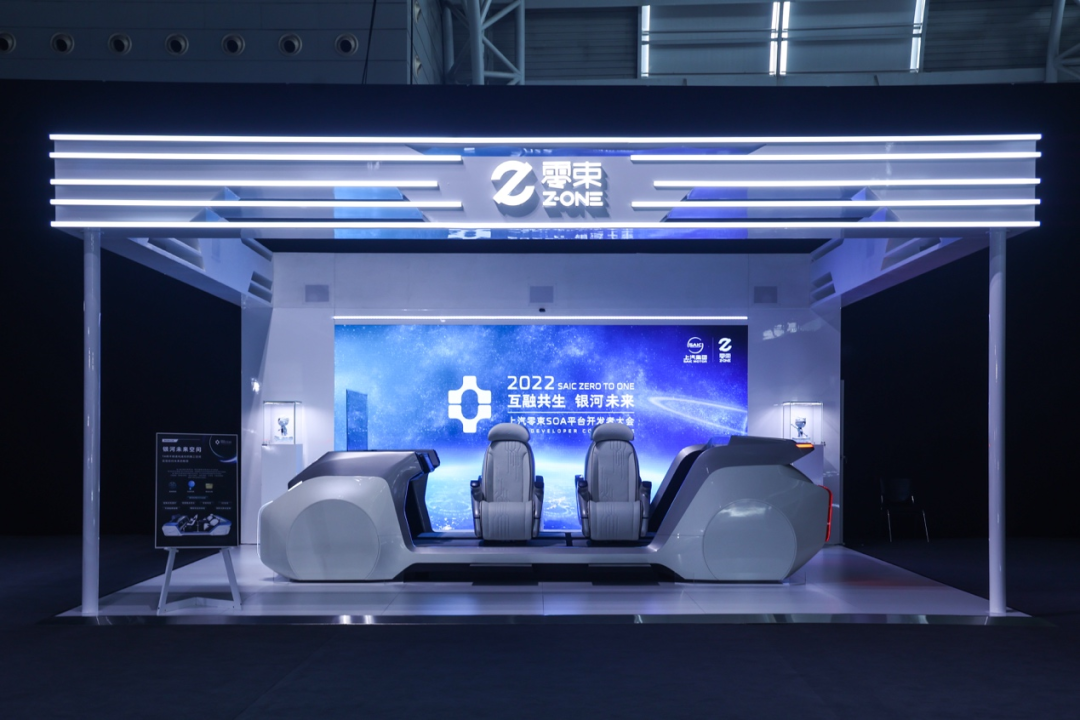Car manufacturers face two directions for creating new energy vehicles
There are two different directions for creating new energy vehicles in the automobile industry.
The first direction is dominated by traditional manufacturers, who adhere to a practical manufacturing approach. Regardless of whether their new energy vehicles come from “gas-to-electric” or a completely new electric platform, they are more accustomed to a path that compares with products from the era of cars powered by fossil fuels in terms of usage scenarios and user experience. In short, they drive like conventional vehicles.
The second direction, however, focuses more on realizing the dream of building future cars. Manufacturers who choose this direction firmly believe that the change in energy form brought by new energy vehicles is not only limited to the power source, but must also be accompanied by further advances in intelligent technology. As a result, preparation for full-on intelligent driving and the creation of an entirely new ecology have become even more important than building a single electric vehicle.
This is what we commonly refer to as “software-defined vehicles”.
There is actually no significant difference in superiority between these two approaches. While one aims to occupy the market by providing good user experiences through products in a field where all technologies have yet to fully mature, the other hopes to accelerate innovation with a strong technological foundation. Quite similarly, this is just like the breakthrough that new energy vehicles brought to the automobile industry.
This way of thinking and technological prowess, however, is not unique to new entrants in the automobile industry. Recently, SAIC revealed its second SAIC Zero Bundle SOA platform developer conference.
During the conference, SAIC presented a complete solution comprising an intelligent driving solution based on the Convergent ® 5 chip, the ZOS intelligent vehicle operating system that achieves “soft and hard coordination”, as well as ZPD and ZCM, two intelligent cockpit computing platforms, the SOA ecological market, and the ZXD cabin driving integration computing platform.
In short, SAIC Zero Bundle has provided a complete solution for nearly all aspects related to future intelligent vehicles.
Now, the question is, what problems exactly can this complete solution address?## It’s Time to Reshape When Ecology Is Disrupted
According to SAIC’s own words, this package of new technologies aims to solve the problem of “electric + intelligent + ecological”.
This is not a very fresh concept, but the key lies in where to start. Before SAIC Lingstrand, there were people working towards this direction. For example, AITO built by Huawei and Cyrus.
In the overall environment where there is no breakthrough and outstanding leading in pure electric technology, Huawei has relied on its own ability in car machine technology to boost the technical characteristics of AITO products and the attraction to ordinary consumers. Huawei has transferred the overall recognition and imagination of technology by contemporary people when it relied on making mobile phones to the car machine.

These features come from the high-definition large screen in the car, the smoothness of the car machine system operation, and the rich application APP system, which also reflects the full-stack ADS advanced automatic driving solution relying on lidar and hardware. Simply put, all software and “soul” related car technology areas, should be realized through this package solution except for batteries, mechanical parts, and car bodies.
This is not a lazy behavior. Generally speaking, it should be classified as the logic of building a more macro and complete digital ecological chain. Therefore, its impact is actually quite extensive. For example, NIO planned to make mobile phones last year, and then Geely also started to work with Meizu. Xiaomi, a larger phone company, directly started making cars. Therefore, obviously, you will no longer feel surprised that SAIC Lingstrand chose OPPO phones as its partners.

Currently, SAIC has partnered with OPPO to achieve cross-border integration of phone ecology and cars, launching 30 functions under the “car and phone” application scenario, and will continue to expand into the IoT fields such as smart wearables, smart homes, and smart offices. SAIC calls it the “ecological area” concept. And most of the time, such cooperation models represent the direction of the development of the use of the car ecosystem.After all, in the context of the same industrial system and cross-industry integration, the boundary between cars and smartphones is no longer so clear. However, a more realistic issue is that such integration still requires a process. Software needs to be compatible, logic needs to be interoperable, and there needs to be organic combination and rapid invocation. Relying solely on chip computing power to calculate is an obvious but inefficient approach. Decoding at the bottom-level logical architecture is necessary for more efficient integration. This is precisely the function of SAIC Zero Bundle SOA architecture.
If we follow this logic, as long as the SAIC Zero Bundle SOA architecture opens an interface to the participating partners, regardless of the participant’s software and hardware architecture, or whether they adopt a completely different construction model, they can directly enter the SOA architecture for integration and invocation.
Based on this logic, at the second SAIC Zero Bundle SOA platform developer conference, companies completely unrelated to the automotive industry, such as Baidu, Alibaba, Tencent, JD, Huawei, China Mobile, China Unicom, OPPO, ZTE, Horizon Robotics, Momenta, iFlytek, Kunlun Tech, and Cambricon, have all become partners of SAIC and Zero Bundle. From these partners, we can see some clues about the direction in which the SOA architecture ecosystem is evolving.
After all, the so-called full-scenario cross-domain integration will undoubtedly include functions such as human-machine interaction, intelligent driving, applications and entertainment, online shopping, and other practical needs of ordinary users in the unprecedented development of cross-domain integration.
When the barrier between mobile phones and cars is broken, and the applications previously only available on mobile devices are truly transplanted to cars, a chance to reshape the industry gradually takes shape.
However, a mindset problem now is whether it will be open or not?
The underlying logic determines the quality of the platform
The question of the open or closedness of the car system or architecture is not a problem. All enterprises that have become scaled and focus on car system development are actually happy to open the car system architecture as needed.Before developing Apollo, Baidu had also provided many car companies with human-machine interaction and intelligent car-related technology. For example, iFLYTEK has actually become the supplier of most car companies’ voice interaction. In short, for technology companies, providing a more open and compatible system is completely in line with their desire to expand market share.
However, this logic may not be fully applicable to automotive companies, especially strong and well-established conglomerates.
First of all, all self-developed technologies and products of car companies are always prioritized to promote along with the sales of enterprise products. That is to say, the more products sold, the larger the market share of self-developed systems or architectures. Therefore, large conglomerates with huge sales volumes usually do not want to rely on other suppliers for these core self-developed technologies. Because once the external market environment changes and the cooperation relationship between the two parties changes, it is possible to drag down the company’s own car-making progress and market sales.
This is why Chen Hong, the chairman of SAIC Group, said the famous statement “soul and body” last year.
However, this is not just a concern for SAIC.
Therefore, we have seen Guangqi’s Xingling architecture, Dongfeng Voyah also launched the SOA architecture, and even some small manufacturers will also launch their own system platform. Although these architectures focus on different directions (such as the Xingling architecture is more focused on intelligent driving assistance), the core self-developed underlying logic is the same.
This has also created a big problem, that is, the technical barriers between various manufacturers cannot be broken in the short term. Therefore, large companies have the ability to invite third-party software suppliers to develop a set of APP programs specifically for their architecture. And suppliers of small factories are more keen to adopt the Android platform and transplant the application store on the mobile phone.
This is actually no problem from the perspective of the enterprise itself, but for the supplier, it needs to constantly adapt to completely different system architectures, the workload is huge and the benefits are unstable. After all, the popularity of software developed exclusively for a car company depends on the company’s production volume.That is, the production is not up to standard, and the adaptation is meaningless.

For small and medium-sized car companies that use the Android architecture and rely on app stores, building an app ecosystem on the same system may simplify it into a web application, which cannot guarantee the usability after high adaptation. Moreover, there is a risk of copyright infringement for software downloaded casually, which cannot be considered a long-term solution. Therefore, for large vendors and brands with higher sales guarantees, adapting the system architecture separately for their own products will undoubtedly become a more efficient and reasonable choice for third-party application suppliers.
This is also the reason why there are so many top suppliers invited to work together on the SOA platform developers’ conference for SAIC Zero Bundle; this is also the reason why more than 100 cooperative partners jointly released more than 100 Flyover featured co-creative ecological products in the “Double Hundred Plan” at this conference.
Only when so many companies are willing to adapt can the SOA architecture of SAIC Zero Bundle that will be applied to Flyover, IM, and other SAIC brand models in the future have sufficient competitiveness.
So far, SAIC is still using its size to build a brand new architecture. In the future, once this architecture matures and gains enough voice in the competition between systems and ecosystems, the situation will soon be reversed. Because choosing cars based on a more mature ecosystem, more mature man-machine interaction, and intelligent driving experience may become a new trend (which seems to be realized by AITO nowadays).

If car makers are still struggling with making electric cars more like the past or the future, an almost certain fact is that intelligence and high-tech will undoubtedly be the direction of tomorrow’s competition. This direction is not related to market changes or changes in energy form. In this race, SAIC seems to be deploying resources to seize this important market. Of course, domestic car companies who recognize this important market, including Geely, which has launched satellites, will also not miss this important market.“`markdown

而如果从现在开始,上汽愿意共享它的这一套 SOA 架构,那么未来多少人的出行将依靠来自上汽的「灵魂」,则变成了一个非常值得期待与观察的事了。
“`
This article is a translation by ChatGPT of a Chinese report from 42HOW. If you have any questions about it, please email bd@42how.com.
